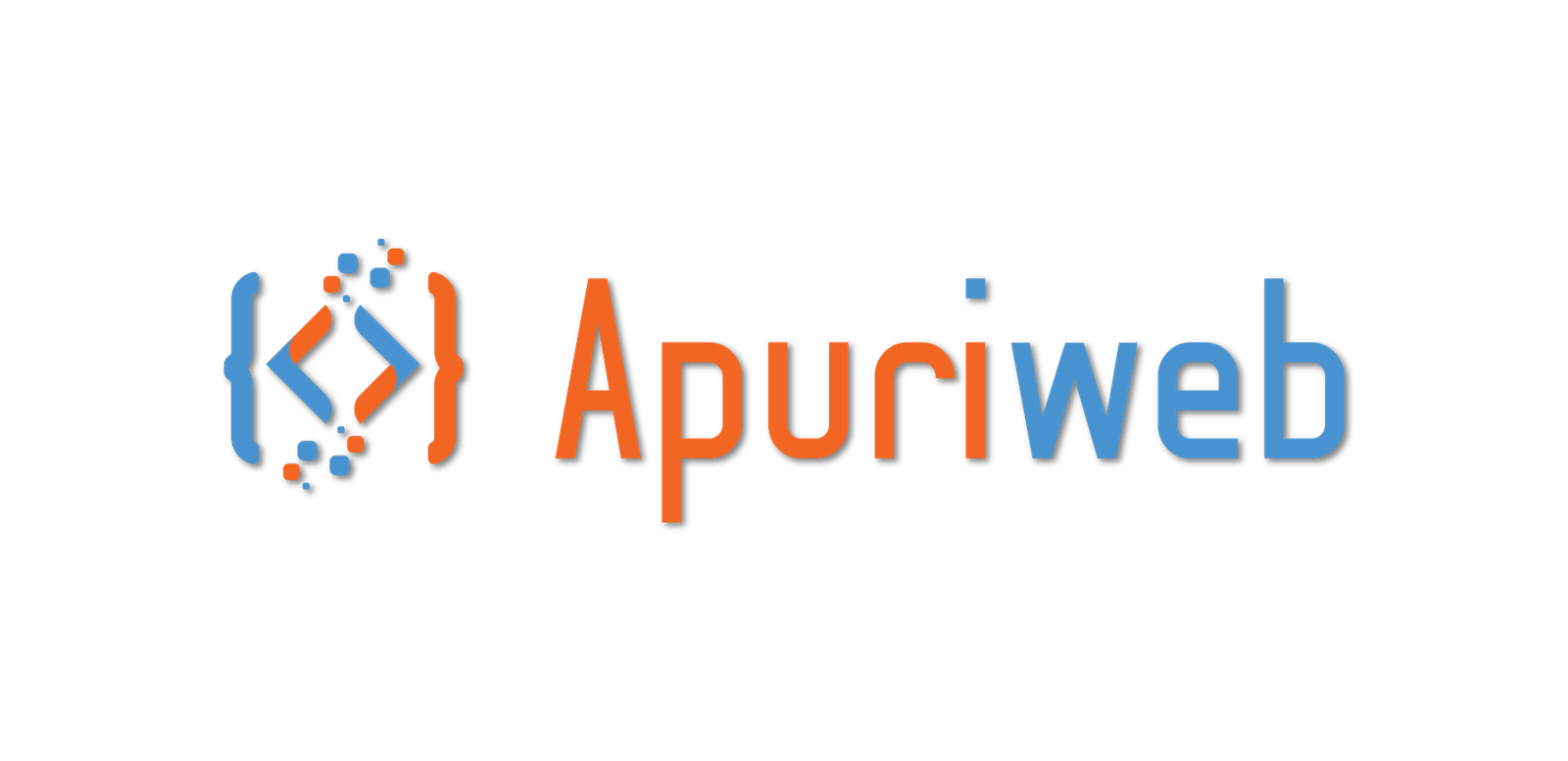
The Internet of Things (IoT) is a revolutionary concept that refers to the interconnection of everyday objects and devices to the Internet and to each other. It enables these objects to collect and exchange data, making them “smart” and capable of performing specific tasks or providing valuable insights without direct human intervention. The core idea behind IoT is to create a vast network of physical objects embedded with sensors, software, and other technologies, allowing them to communicate and interact seamlessly.
Key Components of IoT:
Things/Devices:
These are physical objects, devices, or machines that are equipped with sensors, actuators, and processing capabilities. Examples include smartphones, smart home appliances, wearable devices, industrial sensors, vehicles, and more.
Connectivity:
IoT devices use various communication protocols such as Wi-Fi, Bluetooth, Zigbee, cellular networks, or even specialized IoT protocols like LoRaWAN to connect to the internet and other devices.
Data Processing and Analytics:
IoT generates massive amounts of data, and data processing and analytics play a crucial role in making sense of this data, extracting valuable insights, and enabling intelligent decision-making.
Cloud Computing:
Many IoT applications leverage cloud computing platforms to store and process data. Cloud services offer scalability, storage, and computing power needed to handle vast amounts of data generated by IoT devices.
Machine Learning and AI:
Integrating machine learning and artificial intelligence capabilities with IoT allows devices to learn from data patterns, make predictions, and automate tasks more efficiently.
Security: Given the vast number of connected devices and data exchanged, IoT security is of utmost importance. Robust security measures must be implemented to safeguard devices and data from potential threats.
Examples of IoT Applications:
Smart Home:
IoT enables homeowners to control and monitor various devices remotely, such as thermostats, lighting, security cameras, and home appliances, using smartphones or voice-activated assistants like Amazon Alexa or Google Assistant.
Industrial IoT (IIoT):
In the industrial sector, IoT is used to optimize manufacturing processes, monitor equipment health, and enhance overall efficiency and productivity.
Healthcare:
IoT devices like wearable fitness trackers and remote patient monitoring systems help individuals track their health data and allow healthcare providers to remotely monitor patients and offer personalized care.
Smart Cities:
IoT is leveraged to improve urban living by implementing smart solutions for traffic management, waste management, public safety, and energy consumption.
Transportation:
IoT-enabled sensors in vehicles, public transportation, and traffic infrastructure contribute to intelligent transportation systems, reducing congestion and enhancing safety.
Agriculture:
IoT is used to monitor soil conditions, weather, and crop health, enabling farmers to make informed decisions and optimize agricultural practices.
While IoT offers immense possibilities and benefits, it also raises challenges related to data privacy, security, and interoperability. Addressing these challenges is crucial to ensure the continued growth and success of the IoT ecosystem. As technology advances and connectivity becomes more widespread, the impact of IoT is expected to grow significantly across various industries and aspects of daily life.
